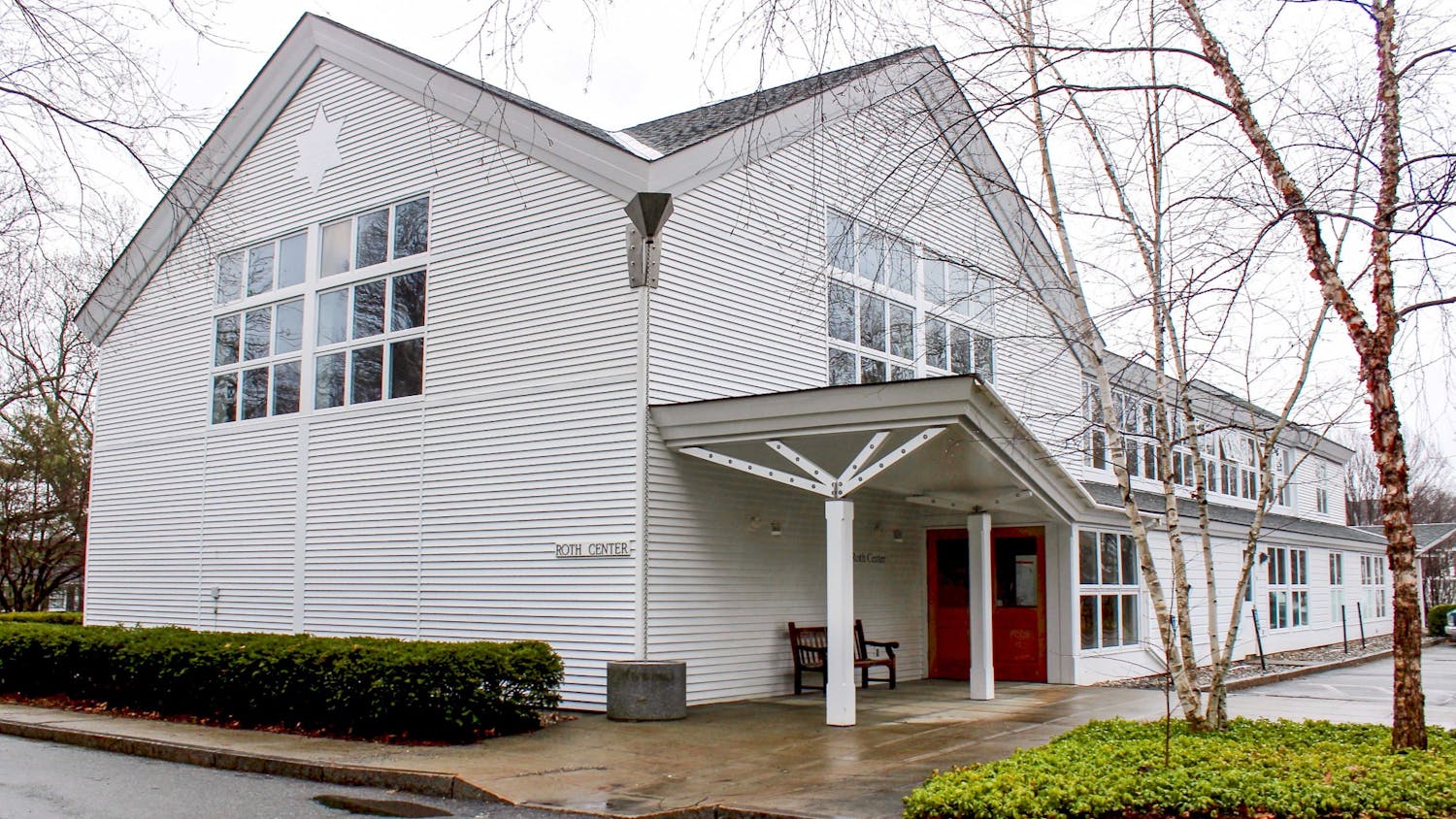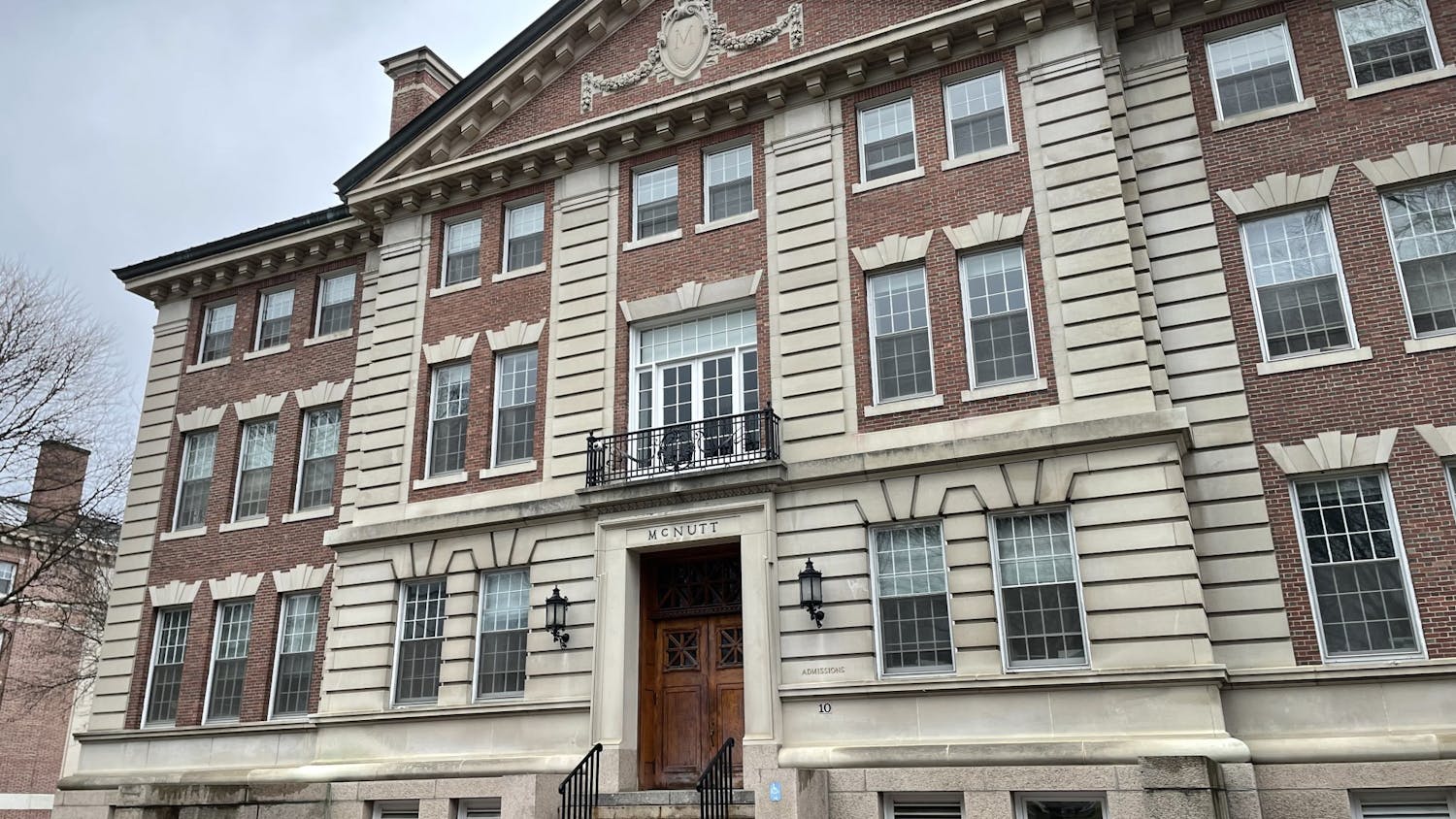The Collegiate Readership program, funded by the Student Assembly, provides issues of The New York Times along with The Boston Globe, USA Today and the Financial Times at no charge to the student body.
The program, now in its third year at the College, supplies newspaper pickup stations in the Hopkins Center, the Collis Center and Novack Cafe, and typically costs the Assembly approximately $25,000 of its $90,000 annual budget.
Students were relieved when the cornerstone of the Assembly's biggest program returned to shelves Tuesday.
"It's so easy to fall out of touch with what's going on in the world when you are on campus," Deb Origel '09 said. "I like to at least glance at The Times every morning, so I was pretty disappointed when they weren't there."
Many others, however, did not see the absence as significant, in part due to the recent rise of non-print media.
"The only parts of The New York Times I read in print are the Sunday Style section and The New York Times magazine," Catherine Amble '09 said.
"The rest of it I read online, so I didn't even realize it was unavailable."
Chris Bertrand '07, the Assembly's Student Services Committee leader and sponsor of the 2005 resolution to continue funding the program, stressed that the missing papers were not the Assembly's fault.
"I called our representative at the Collegiate Readership program and found out that there was an internal problem with The New York Times publisher," Bertrand said.
"My understanding is that most of the colleges in the Northeast who have the program have the same publisher so they would have had the same issues."
The Assembly has also been forced to deal with other complaints about the program, most notably the absence of The Wall Street Journal and the fact that the newspapers tend to disappear quite early in the day.
"The number of papers brought to campus is in response to student demand," Bertrand said. "It's basically a computerized calculation the company makes. It would be more expensive to increase the number of issues delivered. As it is the program is the largest single component of the Assembly's budget."
Bertrand also said that the addition of The Wall Street Journal would be desirable, but might not be feasible.
"It is very expensive; three to four times more expensive than any other paper," he said. "We hope to get some financial assistance from the College to bring The Journal to campus. At many of our peer institutions the entire program is funded by the administration."



